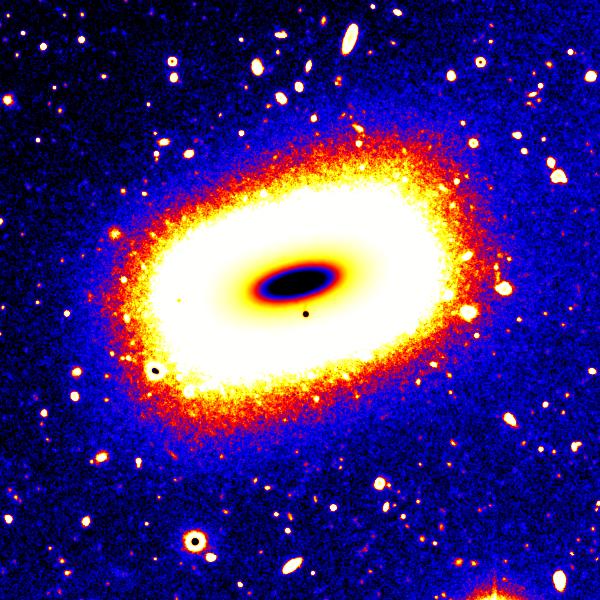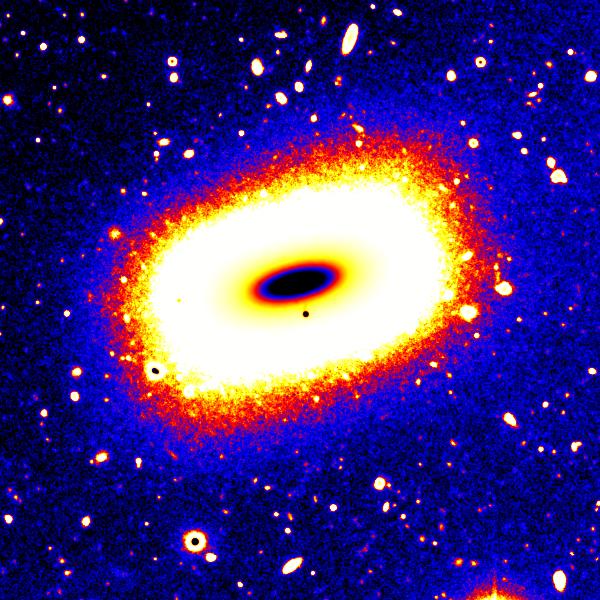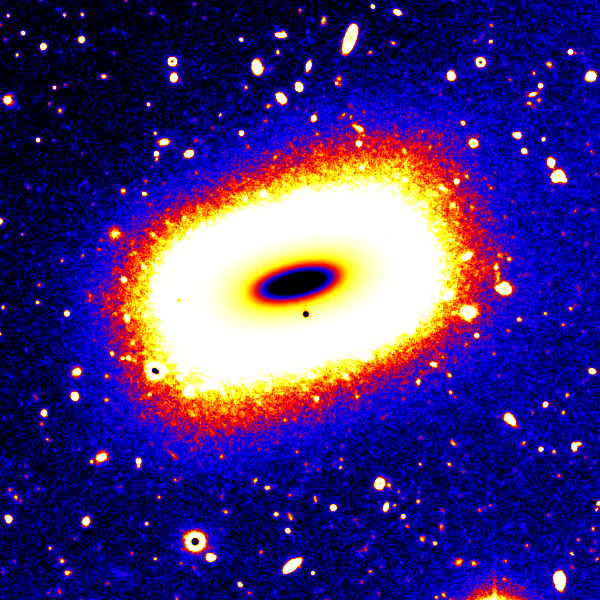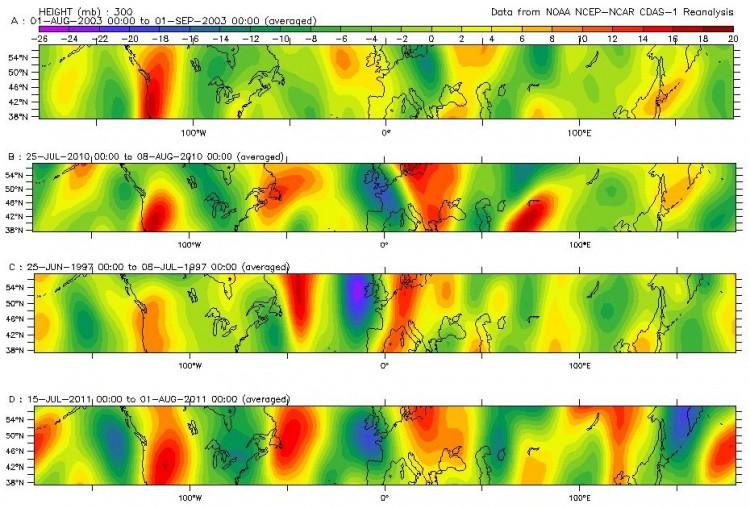An exceedingly rare rectangular-shaped galaxy has been discovered about 70 million light-years away within the NGC 1407 Group of over 250 galaxies.
Known as LEDA 074886, this dwarf galaxy was detected using the Japanese Subaru Telescope. The international team of astronomers who found it have dubbed it the “emerald-cut galaxy,” and are intrigued by its unusual appearance.
“In the universe around us, most galaxies exist in one of three forms: spheroidal, disc-like, or lumpy and irregular in appearance,” said study co-author Alister Graham at Australia’s Swinburne University of Technology (SUT) in a press release.
“It’s one of those things that just makes you smile because it shouldn’t exist, or rather you don’t expect it to exist,” he added. “It’s a little like the precarious Leaning Tower of Pisa or the discovery of some exotic new species which at first glance appears to defy the laws of nature.”
The researchers think that rather than being cuboid, the emerald-cut galaxy is probably similar to a short cylinder seen from the side.
Using the Keck Telescope in Hawaii, they observed a rapidly rotating thin galactic disc with a side-on orientation at LEDA 074886’s center. The disc’s outer edge is spinning faster than 100,000 kilometers per hour.
“One possibility is that the galaxy may have formed out of the collision of two spiral galaxies,” said study co-author Duncan Forbes, also at SUT, in the release.
“While the pre-existing stars from the initial galaxies were strewn to large orbits creating the emerald-cut shape, the gas sank to the mid-plane where it condensed to form new stars and the disc that we have observed.”
This unique find has yielded data that could help to model other galaxies. Its disc looks like merger simulations that produce new stars, while its overall box-like shape is similar to simulations that do not.
“One of the reasons this emerald-cut galaxy was hard to find is due to its dwarf-like status: it has 50 times [fewer] stars than our own Milky Way galaxy, plus its distance from us is equivalent to that spanned by 700 Milky Way galaxies placed end-to-end,” Graham said.
“Curiously, if the orientation was just right, when our own disc-shaped galaxy collides with the disc-shaped Andromeda galaxy about three billion years from now we may find ourselves the inhabitants of a square looking galaxy.”
The study will be published in The Astrophysical Journal.





